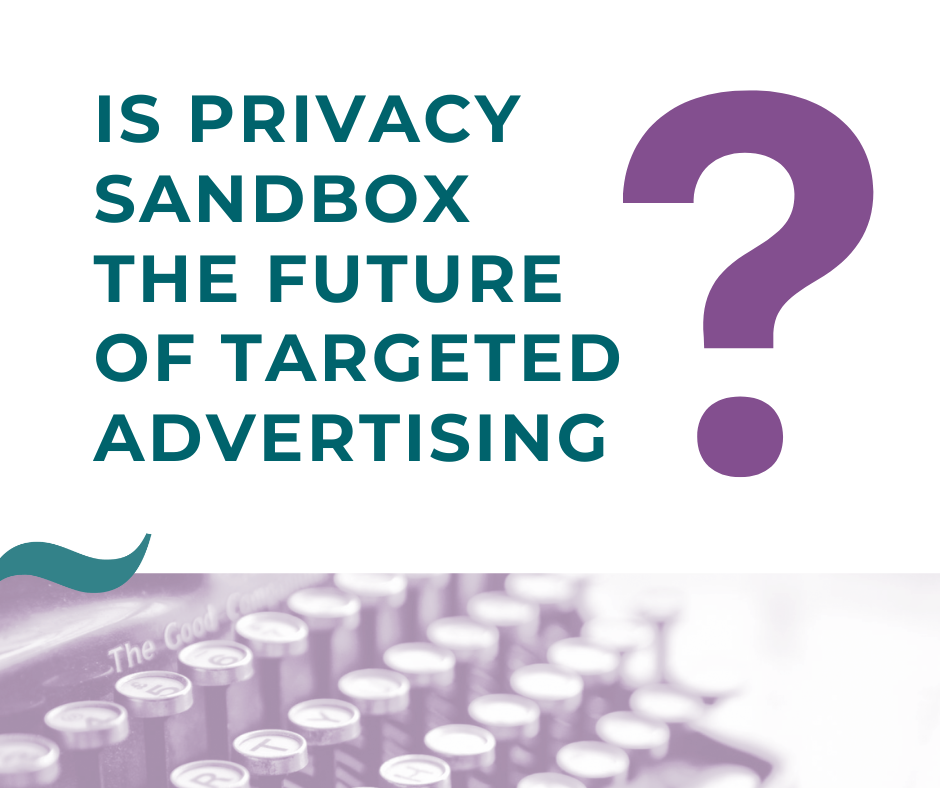
by Hazel Broadley | Feb 26, 2024 | Adtech
The introduction of Google’s Privacy Sandbox and impending deprecation of third-party cookies are reshaping the ad tech industry – which is undergoing arguably its most significant transformation in a decade. Two recent industry debates, hosted by The...

by Alex Baggott | Aug 29, 2021 | Adtech, Data, Technology
The difference between zero-, first-, second-, and third-party data Data is incredibly valuable to marketers, agencies, and publishers, since it is used to power advertising models and generate revenue. And the amount of data we produce is accelerating. The global...

by Hazel Broadley | Apr 21, 2021 | Adtech, Technology
The third-party cookie has enabled marketers to serve targeted online ads for the last two decades, allowing websites to remain free, while ensuring content publishers are paid for their work. But now, in response to privacy concerns and new regulations, web browsers...

by Hazel Broadley | Mar 30, 2021 | Data, Technology
You’d be excused for being sucked into the recent hype as one of the most famous actors in the world joined TikTok. The 53-year-old is seen practising his golf swings, falling over in a store, telling anecdotes and performing a magic trick with a coin....





